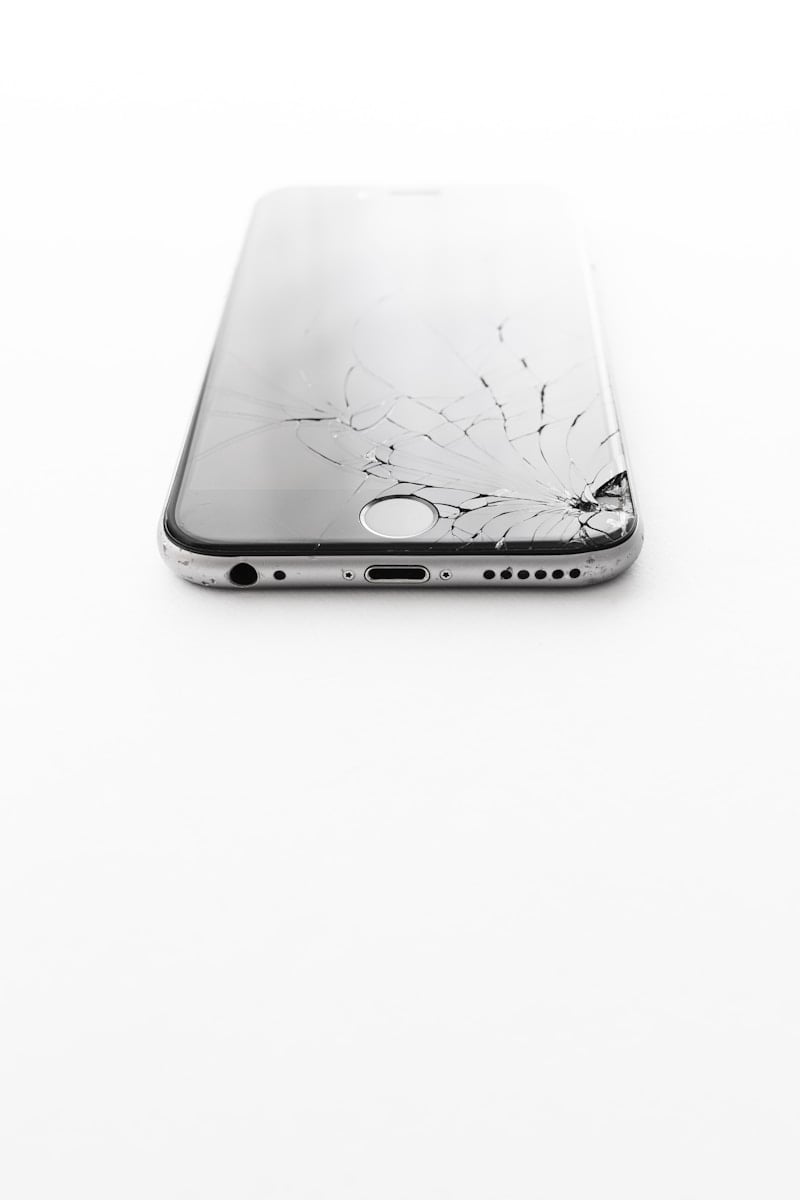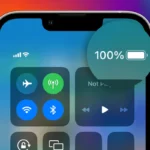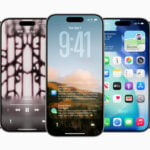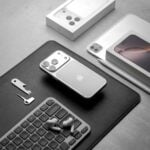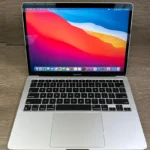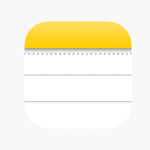Choosing the right screen protector for an iPhone can be as crucial as selecting the phone itself. With the integration of technology into everyday life, safeguarding one’s device is paramount. Screen protectors serve not just as a barrier against scratches and impacts but also offer various additional benefits, such as blue light filters to reduce eye strain. A good quality protector can maintain the phone’s resale value and keep the display as crisp and clear as the day it was purchased.
The market offers a plethora of options when it comes to iPhone screen protectors, each designed to cater to different preferences and requirements. Some protectors boast high levels of hardness to withstand scratches, while others prioritize impact absorption to protect the screen from drops. With the vast array of choices available, users should look for options that not only align with their usage patterns but also fit flawlessly with the specific iPhone model they own.
Why You Need a Screen Protector
A screen protector is a thin sheet of engineered material that adheres to your phone’s screen surface, protecting it from cracks, scratches, and other damage. Ideally, you should apply a screen protector the same day you get your new iPhone.
Types of Screen Protectors
Tempered Glass (Recommended)
The best type of screen protector is made with tempered glass, which carries a 9H hardness rating and is much sturdier and more robust than plastic or ceramic alternatives. Tempered glass protectors offer:
- Superior scratch resistance
- Better impact protection
- Crystal-clear clarity
- Smooth touch response
Plastic Film
- More affordable option
- Flexible and thin
- Basic scratch protection
- Less durable than glass
Ceramic
- Good scratch resistance
- Thinner profile
- More expensive than plastic
- Less protection than tempered glass
Top Screen Protector Recommendations
1. Zagg Glass Elite
Among the best iPhone screen protectors tested, the Zagg Glass Elite stands out for its unrivaled protection and convenience (source: Business Insider). Features include:
- Advanced impact protection
- Anti-microbial treatment
- Easy installation
- Lifetime warranty
2. OtterBox Premium Glass Screen Protector
The OtterBox Premium Glass Screen Protector is engineered for users who prioritize durability and comprehensive protection. Made from fortified tempered glass, this protector offers exceptional resistance to scratches and impacts, making it ideal for those prone to accidental drops (source: Bestopia).
Installation Tips
- Clean thoroughly: Use the included cleaning wipes and dust removal stickers
- Align carefully: Take your time to position the protector correctly
- Apply gradually: Start from one edge and slowly lower the protector
- Remove air bubbles: Use the included squeegee or card to push out bubbles
- Let it settle: Allow 24 hours for optimal adhesion
What to Look For
- 9H hardness rating for maximum scratch resistance
- Oleophobic coating to resist fingerprints
- Case compatibility to ensure it works with your preferred case
- Easy installation kit with cleaning supplies and alignment tools
- Warranty coverage for peace of mind
Maintenance and Care
- Clean with microfiber cloth and screen-safe cleaners
- Avoid abrasive materials
- Replace if cracks or chips appear
- Check edges regularly for lifting
Conclusion
While the price and quality of iPhone screen protectors can vary, you shouldn’t hesitate to buy one (source: Rising Tech). A quality tempered glass screen protector is a small investment that can save you hundreds of dollars in screen repairs while maintaining your iPhone’s pristine appearance and functionality.
Key Takeaways
- Selecting a screen protector is an important step to guard against damage.
- Various types of protectors cater to different protection needs.
- It’s important to match the protector to the specific iPhone model for the best fit.
Types of Screen Protectors
Choosing the right screen protector can significantly enhance the longevity and clarity of your iPhone’s display. The three main types cater to different needs but all aim to shield your phone from damage.
Tempered Glass Screen Protectors
Tempered glass protectors offer the strongest protection with a 9H hardness rating, making them highly scratch-resistant. Brands like Spigen design these protectors for durability without sacrificing clarity or the touchscreen’s responsiveness. The oleophobic coating on these protectors also makes them fingerprint-resistant, which helps keep your screen looking clear.
Plastic Screen Protectors
Plastic screen protectors, often made of PET or TPU, are more affordable options that provide basic protection against scratches. They are thinner than glass protectors, which can make them less noticeable on your phone. However, they are also less durable and may not offer the same level of protection against high-impact drops.
Specialty Screen Protectors
Specialty screen protectors include options that provide privacy or reduce blue light exposure. Privacy screen protectors limit the viewing angle, so only the person directly in front of the screen can see it, effectively hiding the display from prying eyes. Anti-glare protectors reduce screen reflection, which is ideal for use in brightly lit environments. These screen protectors may also feature an anti-scratch coating and edge-to-edge coverage to protect every inch of your device’s screen.
Choosing the Right Protector for Your iPhone Model
Selecting the perfect screen protector for your iPhone ensures you maintain its pristine condition. The market has options tailored to each model and its unique features such as the camera, speaker, and the new Dynamic Island on the iPhone 14.
Compatibility and Features
Compatibility: Screen protectors are designed to match specific iPhone models. For the iPhone 13, products like the Spigen Glas.tR EZ Fit and the ESR Armorite Screen Protector ensure edge-to-edge coverage. The Whitestone Dome Glass Tempered Glass Protector is a top pick for the iPhone 12 series, offering a seamless fit. Users of the iPhone SE can opt for the Ailun Glass Screen Protector for tailored dimensions. It’s critical to pick a protector that aligns with your phone’s screen, including the camera lens and any notches or curves.
Features: The best screen protectors offer more than just scratch resistance. Look for options with oleophobic and hydrophobic coatings to repel fingerprints and water. The OtterBox screen protectors with D3O material offer tough protection against impacts. Privacy filters, as seen in the amFilm OneTouch Glass Screen Protector, are valuable for those seeking to shield their screen from side views. Camera protection is often included in options like the ESR Tempered-Glass Protector, specifically designed to safeguard the lens without compromising photo quality.
Installation and Maintenance
Installation: A good protector comes with a straightforward installation kit. Tools typically include dust removal stickers, a wet wipe, and an installation frame or guide like the one found with the Spigen EZ Fit Glas.tR Slim. These aids help achieve a bubble-free application. The clarity of instructions is key; they should guide the user through each step.
Maintenance: Screen protectors need care to maintain their effectiveness. Regularly wipe the protector with a soft, lint-free cloth. For protectors with anti-shatter film or ceramic shield glass, avoid using harsh chemicals during cleaning to prolong the life of these features. Some protectors, such as those from Belkin or Speck, may come with coatings like Microban, which reduces bacterial growth, but these still require simple, regular maintenance.

